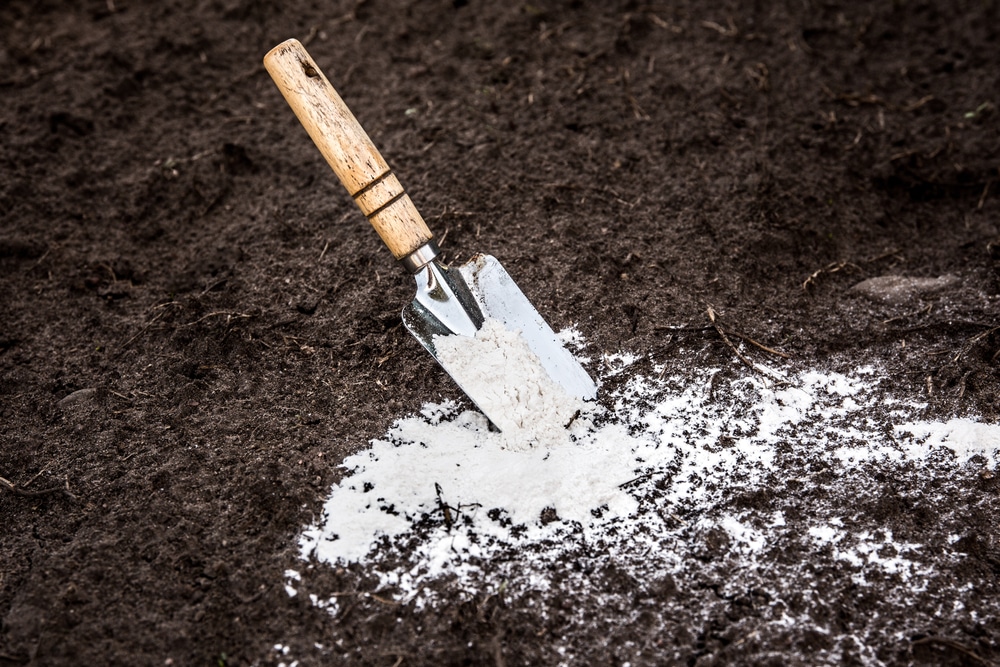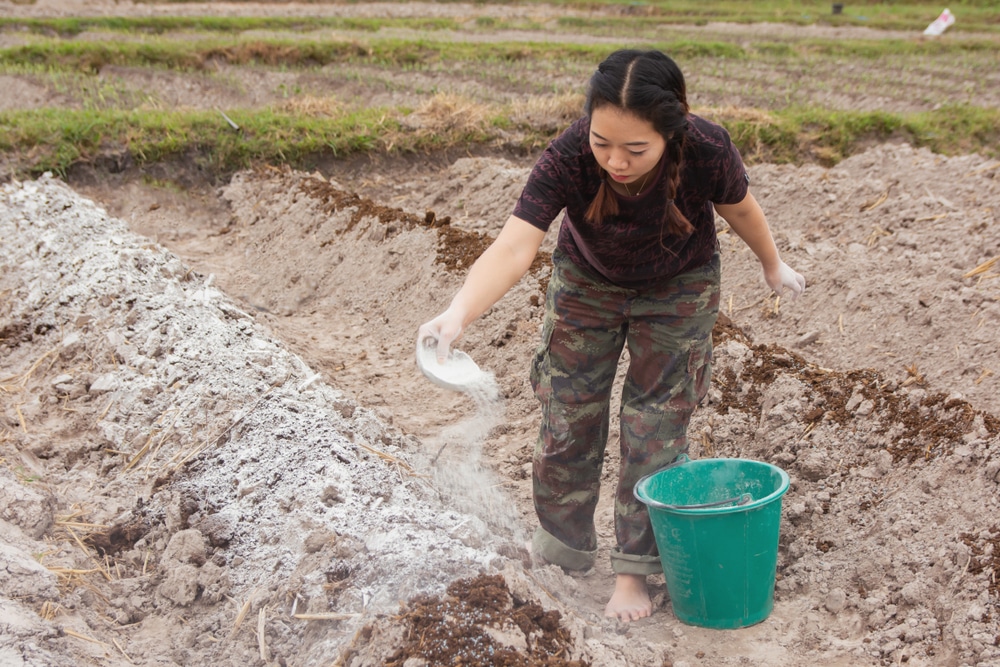You should know the importance of soil tests when growing plants in your garden. Indeed, not all substrates will have similar nutrient requirements. For this reason, you must select suitable products to enrich your soil with adequate nutrition. And if you discover your plants (or lawn) lack calcium, don’t worry! Here, we collected a list of some calcium fertilizer you should consider adding to your garden to increase the calcium content.
The good news is that there are various options out there. So, you can use a combination of different sources of this element to provide your soil with all your plants need to thrive.
Why Do Plants Need Calcium Fertilizer?

Plants need plenty of nutrients to carry out their daily functions. Besides the “traditional” potassium, phosphorous, and nitrogen, calcium is one of them. This element is crucial for sustaining the cell walls and membranes that make up the plant cells.
Calcium is necessary to create physical barriers against pathogens and bacteria. So, if your plants are struggling with attacks from pests and diseases, you should consider raising the soil’s calcium content, which improves the plant’s resistance.
Also, calcium plays a role in the growth of fruits, foliage, and blooms, and adding it to the soil might make a considerable difference during the growing phase.
But what calcium fertilizers should you use in your yard? Jump to the following sections to find out!
Calcium Fertilizer: Some Options
There are several sources of calcium you can consider adding to your garden. For instance, shells, lime, and bone meal will naturally increase this element’s content in the soil.
However, they will also affect the substrate’s pH, so ensure you follow the product’s instructions when you apply it. We recommend you have a soil test before applying a new fertilizer. Doing so will avoid damaging the substrate while adding too many nutrients.
Egg, Clam, and Oyster Shells
Shells are a natural source of calcium. They will act faster when you crush them into small pieces, so grind them into a powder before applying a layer in your garden. You can use a blender or a coffee grinder to crash egg shells and mix the “sand” with water before pouring it onto the soil. But use your hands with clam and oyster hands to avoid damaging your equipment!
Calcium Carbonate
You might have heard of the use of calcium carbonate in gardening as a way to raise the soil pH. However, you can also apply it to add calcium to the substrate. Indeed, agricultural lime (or calcium carbonate) contains up to 40% calcium by weight. If you decide to use it as a fertilizer, keep an eye on the substrate pH level and ensure the change won’t throw off your garden’s balance.
You can use calcium carbonate in many forms, which include aragonite, burnt lime, dolomite lime, and hydrated lime. Know which one will perform better in your substrate before purchasing one.
Gypsum
If you are worried about altering the soil pH, you can always use calcium sulfate. This substance will increase the calcium content without raising the pH levels. Besides calcium, gypsum (or calcium sulfate) also contains less than 20% sulfur.
Bone Meal
Another organic source of calcium you should consider is bone meal. The compound results from the grinding of bones of animals and contains up to 22% of calcium by weight.
Because it slowly releases into the soil, you can expect an application to last up to one year. You can find a bone meal in several forms, including liquid, powder, or pelleted. As a rule of thumb, the less coarse it is, the more quickly it will act.
Calcium Nitrate
If you don’t mind raising the nitrogen content in the soil, you can use calcium nitrate to ensure your plants have enough calcium. The product results from the combination of nitric acid with limestone and might slightly alter your soil pH.
However, if you follow the instructions you find on the label, you shouldn’t have many issues with it.
Wood Ash
Some people prefer using wood ash to increase calcium in the garden. However, such a substance will affect the pH levels and offers varying calcium content, depending on the type of wood it comes from. For best results, consider mixing wood ash into your compost pile!
